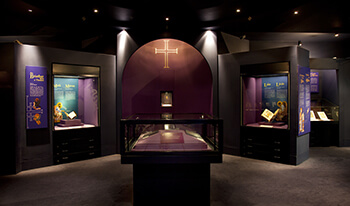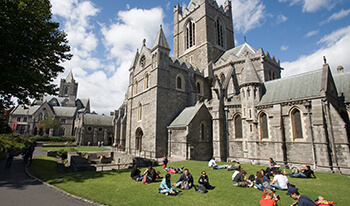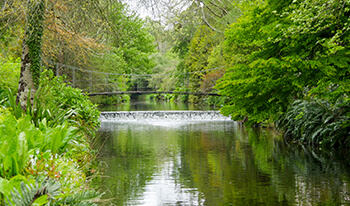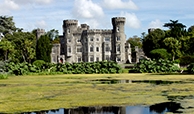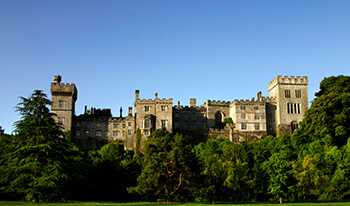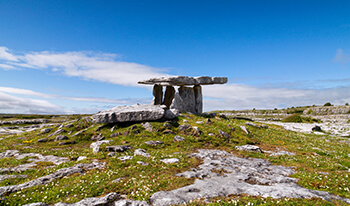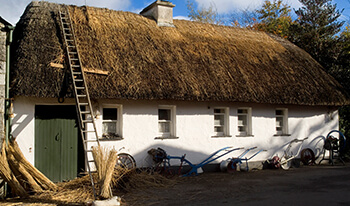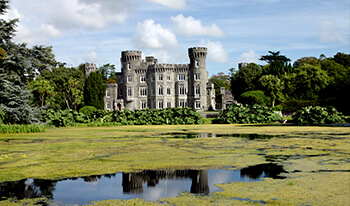The Céide Fields is an area situated on the north Mayo coast in the west of Ireland. This location contains one of the oldest known field systems in the world. Using various dating methods, it was discovered that the creation and development of the Céide Fields goes back some five thousand years. This dates them before the building of the pyramids of Egypt and Stonehenge.
The Céide Fields Visitors Centre in North Mayo will certainly give you a unique experience. For this is not just another archaeological monument or visitor centre. Here you can indulge yourself in a vast prehistoric landscape, a natural wild ecology of blanket bog, dramatic cliffs and coastline, and a much acclaimed building, which has received Ireland's most prestigious architectural award.
The discovery of the Céide Fields originally began in the 1930s when a local man, schoolteacher Patrick Caulfield, noticed piles of stones which were uncovered as he cut away turf for fuel. In these piles he saw some design which could not have been haphazard. While this meant nothing to others, Caulfield noted that the stones had to have been placed by people, because their configuration was clearly unnatural and deliberate. Furthermore, they were positioned below the bog, which meant they were there before the bog developed, implying a very ancient origin. The unravelling of the true significance of this discovery did not begin for another forty years when Patrick's son, Seamus, having studied Archaeology, began to investigate further. What was revealed in the ongoing investigations was a complex of fields, houses and megalithic tombs concealed by the growth of blanket bogs over the course of many centuries.
Visit the multi-award winning Centre, which has exhibitions, audio-visual show and tearooms and take a guided tour with professional guides and discover a buried wall for yourself using a century’s old method of probing. Experience the unique ecology of the bogland, with its colourful mosses, sedges, lichens, heathers, flowers and insect-eating sundews while listening to the larks.
